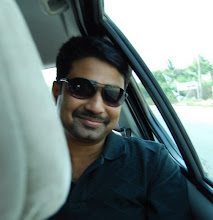
My dear friends... a must read.
Image: Don Lorenzo Milani(1923-67), founder of the school of Barbiana.
Pls download a copy of this book from the below link.
Eight young Italian boys from the mountains outside Florence wrote this passionate and eloquent book. It took them a year. Simple and clearly, with some devastating statistical analysis of the Italian education system, they set out to show the ways in which attitudes towards class, behavior, language and subject-matter militates against the poor. They describe too, the reforms they propose, and the methods they use in their own school - the School of Barbiana, started under the guidance of a parish priest and now run entirely by the children.
This remarkable book was written for the parents of the Italian poor. But it is about poor everywhere: their anger is the anger of every worker and peasant who sees middle-class children absorbed effortlessly into schools as teacher’s favorites.
Letter to a Teacher was a best seller in Italy and has been published subsequently in many languages. The School of Barbiana was awarded the prize of the Italian Physical Society, usually reserved for promising physicists, for the statistical achievement involved in the book.
Image: Don Lorenzo Milani(1923-67), founder of the school of Barbiana.
